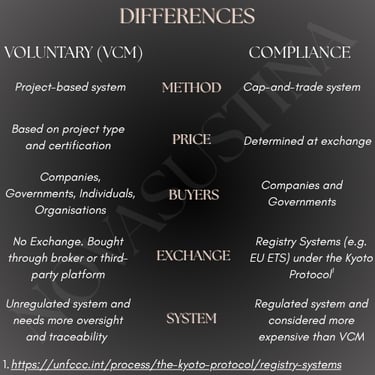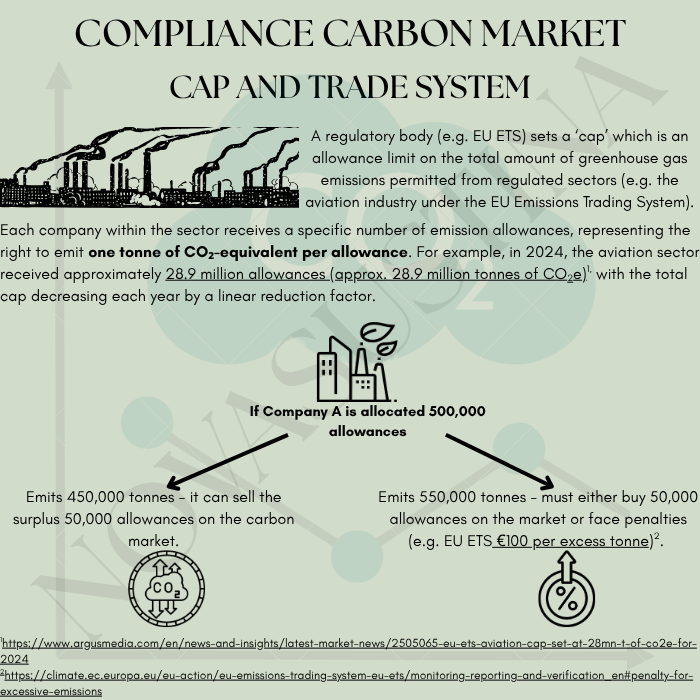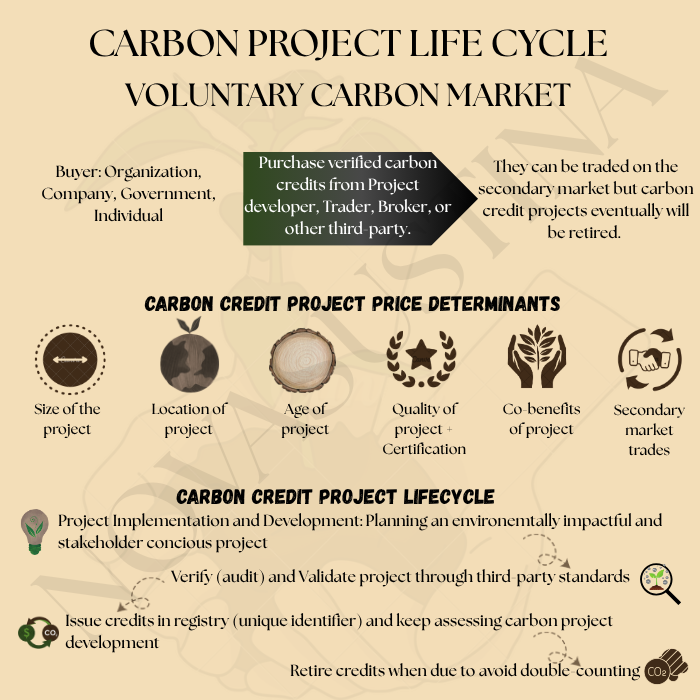
Author's Note:
Carbon markets were created with the intent to incentivise companies and industries to reduce their carbon footprint, foster innovation, and contribute meaningfully to global emission reduction goals. However, translating this intent into global impact is proving increasingly difficult. The compliance market faces staggered development, due in part to fragmented regulatory frameworks and geopolitical complexities that hinder global alignment. The growing use of complex financial instruments—such as derivatives, futures, and options—adds both opportunities and risks. While these tools can increase market liquidity and improve price signals, they also require oversight and regulatory capacity, when lacked or delayed due to limited budgets or unclear mandates can become inefficient and prone to manipulation—which erodes trust in the markets and increases scepticism.
Carbon markets are drifting toward resembling commodity trading systems. Staying informed through official regulatory websites is crucial to separating market noise from verified developments. For carbon markets to serve their original purpose, they must remain grounded in environmental integrity, transparency, and accountability. Streamlining processes, improving governance, and focusing on impact—not just instruments—are critical steps forward.






